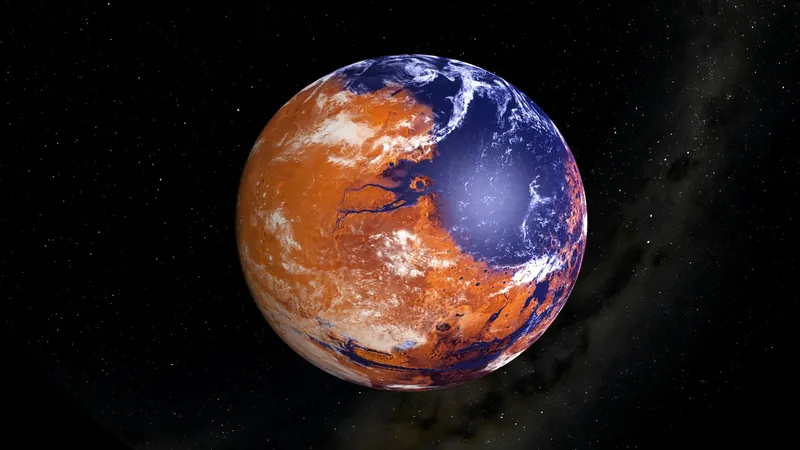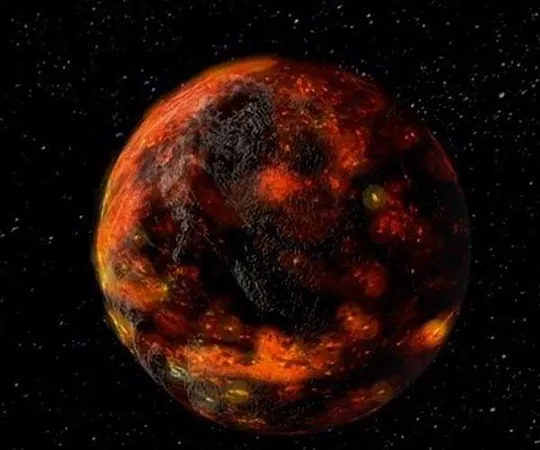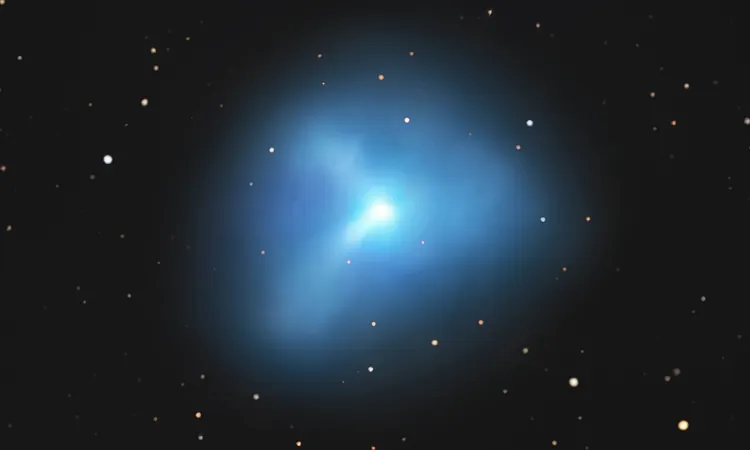
Is Mars Hosting Secrets of Ancient Life? The Shocking Truth About Its Habitability!
2024-10-10
Author: John Tan
Introduction
Mars, the tantalizing red planet, has mystified humanity for centuries. Since the advent of the telescope, our hopes of discovering extraterrestrial life have often pointed to Mars, a world that once teemed with liquid water. However, the current picture is starkly different; the liquid water we once believed to be abundant is now a relic of the past. Recent discoveries by NASA’s Curiosity rover shed light on this monumental shift and could reveal startling secrets about Mars’ environmental history.
Curiosity Rover's Mission
Launched in 2011, NASA's Curiosity rover embarked on a mission to uncover the geological and climatic puzzles of Mars, focusing particularly on Gale Crater, which is believed to be nearly 4 billion years old. The rover’s groundbreaking work began when it landed on August 6, 2012, and despite its initial two-year mission, Curiosity has astonished scientists by continuing its operations for over a decade, providing invaluable data about the Martian landscape.
Exploration of Gale Crater
Gale Crater was chosen for exploration due to its layered rock formations, which promise insights into Mars’ geological evolution. The rover is equipped with advanced scientific toolsets, including the Sample Analysis at Mars (SAM) and the Tunable Laser Spectrometer (TLS). These instruments heat samples up to a staggering 900 degrees Celsius, allowing for an in-depth analysis of the gases released.
Isotopic Composition and Water's History
One remarkable aspect of Curiosity's findings comes from its analysis of the isotopic composition of Martian minerals. Isotopes—variants of elements differing in mass—can tell us processes that occurred long ago, such as the evaporation of water. As lighter isotopes of carbon and oxygen evaporate, heavier versions remain, eventually becoming part of the Martian rocks we see today. The carbon-rich minerals discovered by Curiosity strongly suggest that Mars once possessed the right conditions to sustain liquid water, a critical component for life.
Insights from NASA's Goddard Space Flight Centre
David Burtt, lead author at NASA’s Goddard Space Flight Centre, has offered tantalizing insights regarding the potential for ancient life. Though the gathered samples do not confirm a life-bearing surface environment, he maintains that the idea of a hidden biosphere—either underground or a transient one existing before the formation of carbonates—cannot be dismissed. He remarked, “We've got layers of geological history that reveal a complex story we are just beginning to unravel.”
Hypotheses on Carbonate Formation
Their research, published in the National Academy of Sciences, presents two intriguing hypotheses about how these carbonates could have formed. One scenario suggests a cycle of wet and dry conditions in Gale Crater, while another posits the existence of highly saline water at low temperatures. Each scenario indicates different levels of habitability in Mars’ past. The wet-dry cycles could hint at alternating eras of fluctuating conditions, whereas the salty water theory implies a more inhospitable environment, predominantly dominated by ice.
Conclusion
While neither scenario seems promising for the development of complex life forms, Burtt emphasizes that they don't entirely close the door on Mars' past potential for hosting life. As scientists continue to analyze these findings, the question of whether Mars once harbored life, even in the distant past, hangs tantalizingly in the balance. The implications of Mars’ ancient environment could not only reshape our understanding of the planet itself but also ignite newfound debates about the existence of extraterrestrial life elsewhere in the universe. As we decipher the secrets held within the Martian soil, humanity edges closer to answering one of life's most profound questions: Are we truly alone?



 Brasil (PT)
Brasil (PT)
 Canada (EN)
Canada (EN)
 Chile (ES)
Chile (ES)
 España (ES)
España (ES)
 France (FR)
France (FR)
 Hong Kong (EN)
Hong Kong (EN)
 Italia (IT)
Italia (IT)
 日本 (JA)
日本 (JA)
 Magyarország (HU)
Magyarország (HU)
 Norge (NO)
Norge (NO)
 Polska (PL)
Polska (PL)
 Schweiz (DE)
Schweiz (DE)
 Singapore (EN)
Singapore (EN)
 Sverige (SV)
Sverige (SV)
 Suomi (FI)
Suomi (FI)
 Türkiye (TR)
Türkiye (TR)